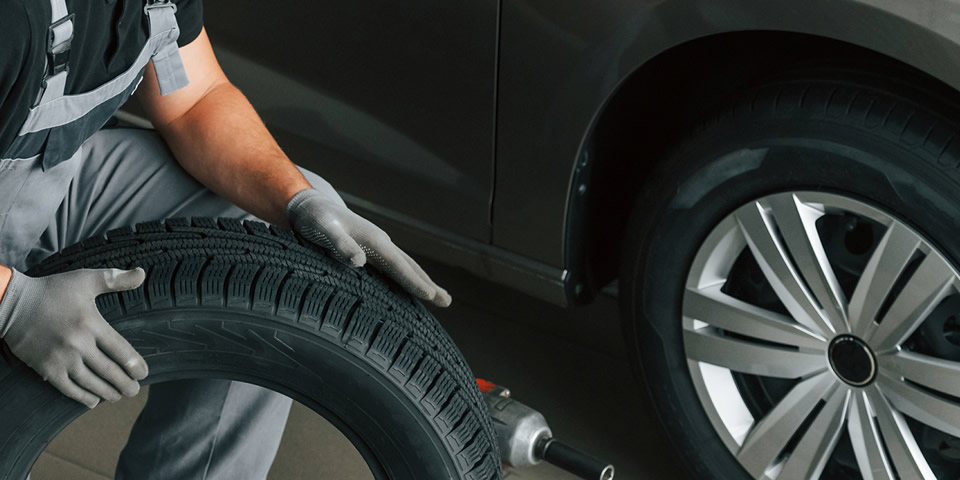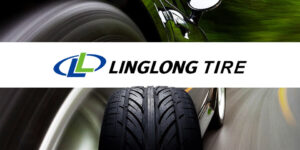What Causes Rear Tire Warping?
What Causes Rear Tire Warping? Understanding the causes of rear tire warping is vital in ensuring a safe and smooth driving experience!

Have you ever experienced the frustration of your rear tires warping? It’s a common issue that can be not only bothersome but also potentially dangerous. In this post, we will explore the various factors that can cause rear tire warping and look at some possible solutions.
So, whether you’re a car enthusiast or simply a driver looking to better understand the inner workings of your vehicle, keep reading to discover the reasons behind rear tire warping and how to prevent it. Let’s dive in!
Must Read:
- Are Fullway Tire Brand Good and Safe?
- What Does 91w Mean on a Tire
- What is Run Flat tire? How it works, pros and cons!
- Why are F1 Tires Shiny?
- Why is it Important to Rotate Car Tires?
Check your tire pressure regularly
Check your tire pressure regularly Maintaining the correct tire pressure is crucial when it comes to preventing rear tire warping. It’s important to understand that both low and high tire pressure can have negative consequences.
If your rear tires have low pressure, they can develop uneven wear patterns. This can lead to instability and cause your tires to warp over time. Additionally, low tire pressure can result in decreased fuel efficiency and poor handling, which can compromise your safety on the road.
On the other hand, excessive tire pressure can also contribute to tire warping. When your rear tires are overinflated, they become more susceptible to impact damage, especially when encountering potholes or rough road surfaces. The increased pressure can cause the tire sidewalls to flex excessively, leading to weakening and potential warping.
To avoid these issues, it’s crucial to regularly check your tire pressure and ensure it matches the manufacturer’s recommended specifications. An easy way to do this is by using a reliable tire pressure gauge. By maintaining the correct tire pressure, you can not only prolong the lifespan of your rear tires but also reduce the risk of warping and other related problems.
Remember, prevention is always better than cure, and in the case of tire warping, keeping an eye on your tire pressure is a simple yet effective way to avoid unnecessary complications down the road.

Avoid excessive braking and sudden acceleration
To prevent rear tire warping, it’s crucial to practice a smooth and gradual driving style. Excessive braking and sudden acceleration can put immense stress on your rear tires, leading to increased wear and potential warping.
Instead, aim to maintain a consistent speed and anticipate your stops and starts ahead of time. By doing so, you can reduce the strain on your tires and promote their longevity. If you need to come to a stop, consider applying the brakes gently and gradually rather than slamming them down abruptly.
Similarly, when accelerating, avoid sudden bursts of power that can put unnecessary pressure on the rear tires. Opt for a steady and controlled acceleration to minimize the risk of tire warping. Remember, by adopting a smoother driving approach, you not only protect your tires but also enhance your overall driving experience.
Inspect and rotate your tires regularly
Regular tire inspections and rotations are essential in preventing rear tire warping. By regularly inspecting your rear tires, you can catch any signs of wear or damage early on. Look for uneven tread wear, bulges, cuts, or any other abnormalities that may affect the tire’s integrity. If you notice any issues, it’s important to address them promptly.
Additionally, following the manufacturer’s recommendations for tire rotation is crucial. Rotating your rear tires to different positions on your vehicle helps ensure even wear. This can prevent the accumulation of stress on specific areas of the tire, reducing the risk of warping. So, make it a habit to inspect and rotate your rear tires regularly to keep them in optimal condition and prevent tire warping.
Avoid overloading your vehicle
Overloading your vehicle can have a significant impact on rear tire warping. When you exceed the recommended weight capacity, your rear tires bear the brunt of the excess load. This puts undue stress on the tires, leading to increased heat buildup and accelerated wear. Over time, this can potentially contribute to tire warping.
To avoid this issue, it’s important to adhere to the recommended weight limits specified by your vehicle’s manufacturer. If you’re unsure of the weight capacity, you can consult your vehicle’s manual or reach out to a trusted mechanic.
By properly loading your vehicle and distributing the weight evenly, you can minimize the strain on the rear tires and reduce the risk of warping.

Proper wheel alignment and balance
Ensuring proper wheel alignment and balance is key to preventing rear tire warping. When your wheels are misaligned, they exert uneven pressure on your rear tires, causing them to wear unevenly. This increases the likelihood of tire warping over time.
Moreover, unbalanced tires can also contribute to rear tire damage. When your tires are unbalanced, they create vibrations that can put additional strain on the rear tires, leading to accelerated wear and potential warping. To avoid these issues, it’s crucial to have your wheel alignment and balance checked regularly by a professional.
They can accurately assess and make necessary adjustments to ensure your rear tires are properly aligned and balanced, promoting even wear and prolonging their lifespan.
Choose the right tires for your vehicle
Selecting the appropriate tires for your vehicle plays a crucial role in preventing rear tire warping. Different tire types and sizes can have a significant impact on rear tire wear and potential warping. Consulting with a tire specialist or referring to the manufacturer’s recommendations can help you make an informed choice.
Consider factors such as the terrain you frequently encounter, driving conditions, and the desired performance characteristics of your vehicle. By choosing tires that are specifically designed and recommended for your vehicle, you can minimize the risk of rear tire warping and ensure optimal performance and safety.










